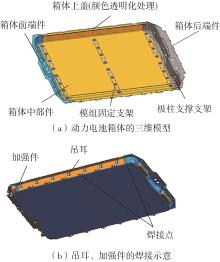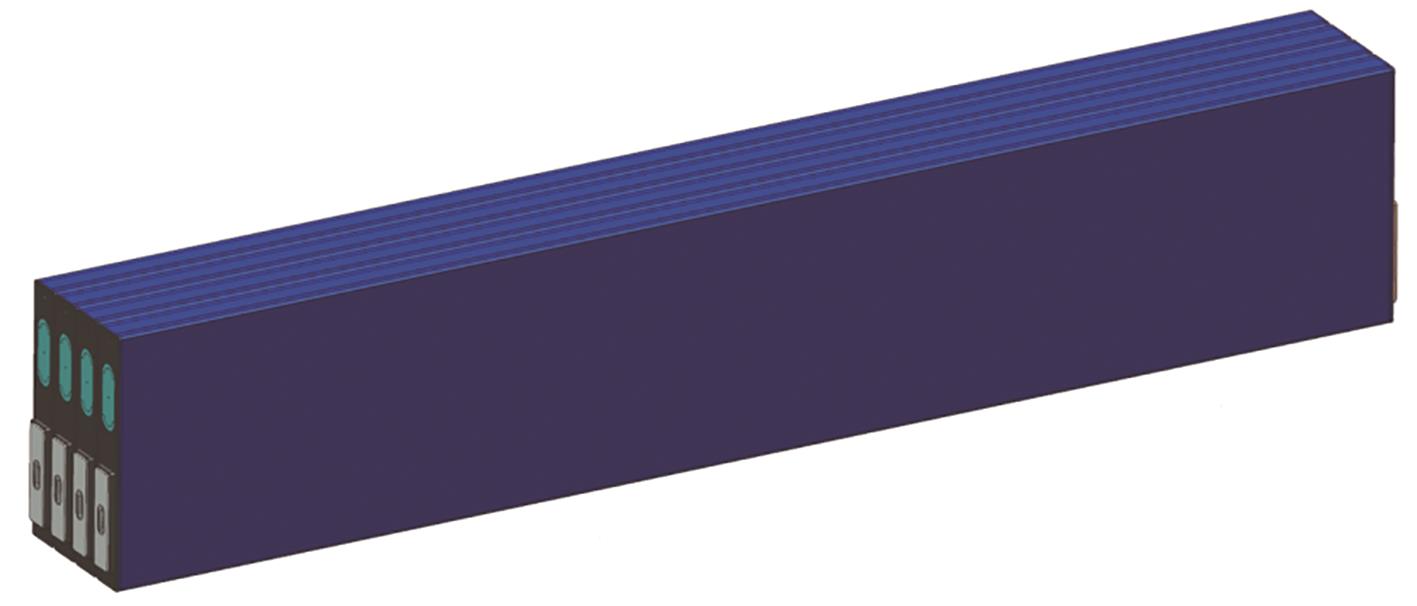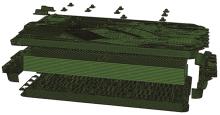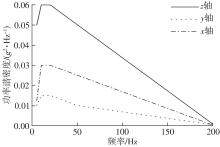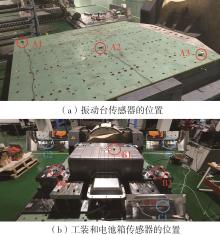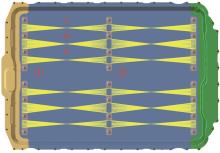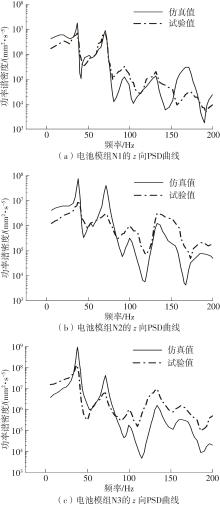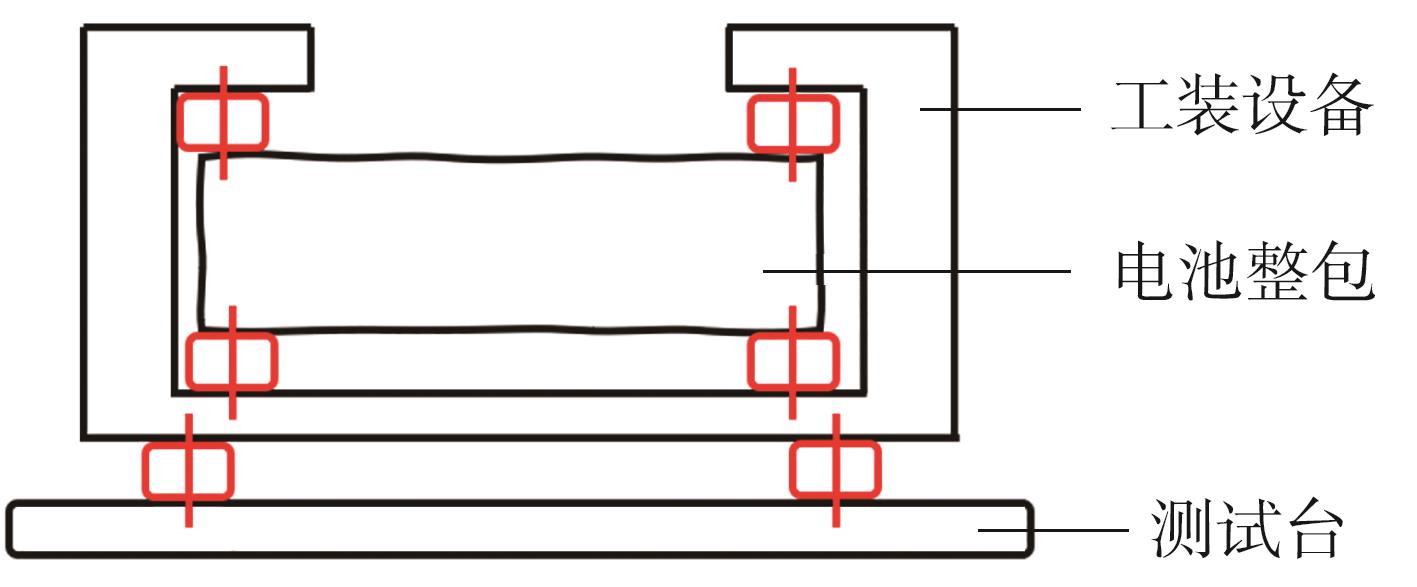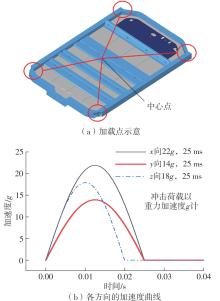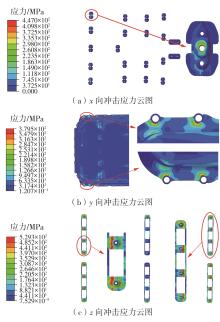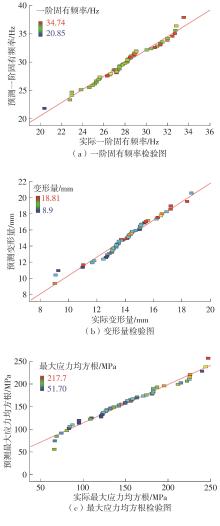华南理工大学学报(自然科学版) ›› 2024, Vol. 52 ›› Issue (12): 43-51.doi: 10.12141/j.issn.1000-565X.230737
所属专题: 2024年机械工程
基于响应面模型的电动汽车电池箱体优化设计
王宁珍1 秦康杰1 唐亮1 上官利坚2 周孚鹏3 上官文斌4
- 1.北京林业大学 工学院,北京 100083
2.宁波拓普集团股份有限公司,浙江 宁波 315800
3.祥鑫科技股份有限公司,广东 东莞 523870
4.华南理工大学 机械与汽车工程学院,广东 广州 510640
Optimization Design of Battery Box of Electric Vehicles Based on Response Surface Model
WANG Ningzhen1 QIN Kangjie1 TANG Liang1 SHANGGUAN Lijian2 ZHOU Fupeng3 SHANGGUAN Wenbin4
- 1.The School of Technology,Beijing Forestry University,Beijing 100083,China
2.Ningbo Tuopu Group Co. ,Ltd. ,Ningbo 315800,Zhejiang,China
3.Lucky Harvest Co. ,Ltd. ,Dongguan 523870,Guangdong,China
4.School of Mechanical and Automotive Engineering,South China University of Technology,Guangzhou 510640,Guangdong,China
摘要:
为改善电动汽车电池箱的性能,加强各组件的安全可靠性,以某电动汽车的电池箱体为研究对象,对箱体内不同位置的电池模组的加速度响应进行研究,发现z方向3组电池模组的功率谱密度曲线的计算值和试验结果吻合性较好。考虑箱体上盖、箱体前端件、箱体后端件、箱体中部件、模组固定支架和加强件的尺寸参数,建立了电池箱主要部件的尺寸参数与固有频率、变形量和振动响应关系的响应面代理模型,开展了电池箱随机振动和机械冲击的计算,并验证了模型的正确性。基于Box-Behnken响应面法设计试验,获得了6个设计变量、3个水平的试验组合,得到相应的试验设计矩阵。采用多元回归分析拟合得到了多项式响应面近似模型,并使用多目标遗传算法进行迭代和优化,得到电池箱体的最佳尺寸参数。试验结果表明,与原模型相比,优化后箱体的一阶固有频率提高29.12%,变形量减少29.39%,振动响应降低40.31%,实现了轻量化。该文的建模和分析方法可用于计算电池箱体零部件对电池箱整体结构的影响,通过优化设计改善电池箱体的性能,加强各组件的安全可靠性。
中图分类号:
